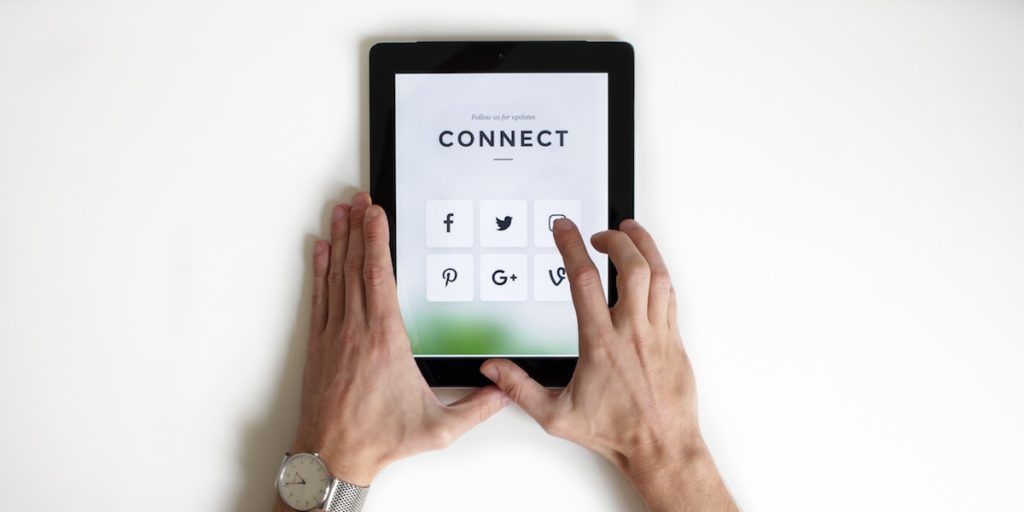Getting started with peer-to-peer (P2P) fundraising

How to launch a successful P2P program.
You’re in, you’ve heard the peer-to-peer fundraising buzz, and now you’re ready to see all the money roll in from this new fundraising tool! We’re thrilled you’re here, but let’s be clear – P2P fundraising (as with any kind of fundraising) takes work. The benefits are huge, but it’s important for your organization to understand the investment you’ll need to make in order to make your P2P program a success.
At SparkRaise, we want to help you raise more funds to fuel your nonprofit’s mission and that’s why we’ve written this post to share some of our insights on how to launch a successful P2P program for your organization.
Make a plan
As with any new initiative, it’s important to understand what your goals are, what resources you have available, and how you’re going to make it happen. Having a clear plan also ensures that the whole organization (including your Board) are aligned and bought-in to your new program, and that everyone is clear on their roles and responsibilities to make this a success.
- What are your goals? No, “raise more money” isn’t going to cut it. In order for your nonprofit to make the most out of a P2P program, you’ll have to be a little bit more specific than that. How much do you want to raise and why? The clearer you can be about a specific amount you want to raise and the purpose for that amount, the more likely you are to motivate your supporters to start a campaign or make a donation. In addition, consider setting other sub-goals such as the number of fundraisers, average amount raised by each fundraiser, number of new donors reached through your program). Tracking your progress within these subgoals will help you make adjustments to your program to help you reach your overall fundraising target.
- What resources do you have available to launch and maintain your program? Running a successful peer-to-peer program requires ongoing engagement with your fundraisers – is there someone on your team who has the capacity and skillset required to offer leadership, support, and cheerleading to your fundraisers? In addition to staff time, what costs might you have to pay for? Some typical costs include new marketing materials to promote your program, gifts/perks for your fundraisers, and platform/processing fees.
- What kind of P2P program do you want to start? Broadly speaking, there are two types of P2P fundraising programs – time-based and rolling. Time-based peer-to-peer programs take place over a specific timeframe (hence the word “time-based”…) and are usually centered around a particular campaign or event (e.g. a walkathon or activity around a special event such as your organization’s anniversary or observance days specific to your cause). Rolling peer-to-peer programs don’t have a specific time frame and give your supporters the flexibility of starting a fundraiser at any point in the year around a personal challenge or activity (e.g. a fitness challenge, birthday celebrations, bake sales). Depending on your organization, you can choose to focus on one or both types of programs, but keep in mind that you’ll need to tailor your marketing strategies to each program.
Set up the basics
Create a fundraising page on a platform like SparkRaise as a hub to centralize all of your peer-to-peer fundraising efforts. At SparkRaise, setting up a profile page for your organization is free, only takes a few minutes, and allows your supporters to easily connect their campaigns to you and start fundraising right away. Don’t skimp out on the details – a complete profile is much more likely to receive donations, attract fundraisers, and of course make a case for your organization and why someone should support you. You can also connect your payment channels (PayPal and Stripe) to our platform, allowing donations made via fundraisers for your organization to be sent directly and securely to your account, so that you and your fundraisers can focus on making a difference.
Promote your program
Whoever said, “if you build it, they will come”, definitely wasn’t talking about P2P fundraising! How will you let your supporters know that they can help you in this way? Some ideas that you can consider (and prepare ahead of time) include:
- A page on your website that will act as the main hub for all information related to your P2P program
- An email to launch the program
- Stories in the form of words, photos, or videos that demonstrate your impact
- Interviews with any past P2P fundraisers (if you’re lucky, you’ll have one or two champions in your community who created their own fundraiser before you formally launched the program)
- Resources to support your fundraisers (see below)
Support your supporters
Here are a few ways you can support your supporters to raise more money for your organization:
- Make it easy. Make sure you are properly set-up on your fundraising platform and ready to accept fundraising campaigns (this includes setting up all your payment details!). Your fundraising platform should also be linked through your website and any other key channels, so that it’s easy to find. The easier you make it to set up a fundraiser, the more likely your supporters are to do so.
- Share your brand. Put together a small brand kit for your fundraisers that include things like logo files, brochures, shareable copy about your organization, images, and videos, that your fundraisers. In addition to making it easy for your supporters to spread the word about your nonprofit, you’ll also ensure that they’re using visuals and language that align with your organization’s brand.
- Be their cheerleader. Think of creative ways to cheer your fundraisers on. Congratulate them when they hit a certain milestone, encourage them with tips and tricks when it looks like they need help getting started, share ideas from other fundraisers.
Appreciate and acknowledge
Fundraising is hard work (you should know!), and individuals who go above and beyond to help you do this heavy lifting deserve to be properly thanked and acknowledged. A fundraiser who feels appreciated and valued is much more likely to do it again (or refer a friend)! Here are a few ideas to get you started:
- Get creative about your thank you. Write a handwritten card, make a quick video with your phone of your team saying thank you, or invite them to a special event
- Give a gift. Gifts don’t have to be expensive to be meaningful. Consider gifting a poem or artwork made by one of your clients. T-shirts and other merchandise with your brand on it can help your fundraisers feel like they’re part of your team and help raise more awareness if they wear it to an event (e.g. the race they’re running on your behalf).
- Acknowledge them on your channels. Whether it’s highlighting them on social media, in your blog, or in your next newsletter, sharing their stories not only recognizes their contribution, it also inspires others to start their own fundraiser!
What do you think? What tips do you have for launching a successful P2P program? Share your ideas with us, we’d love to hear them!




